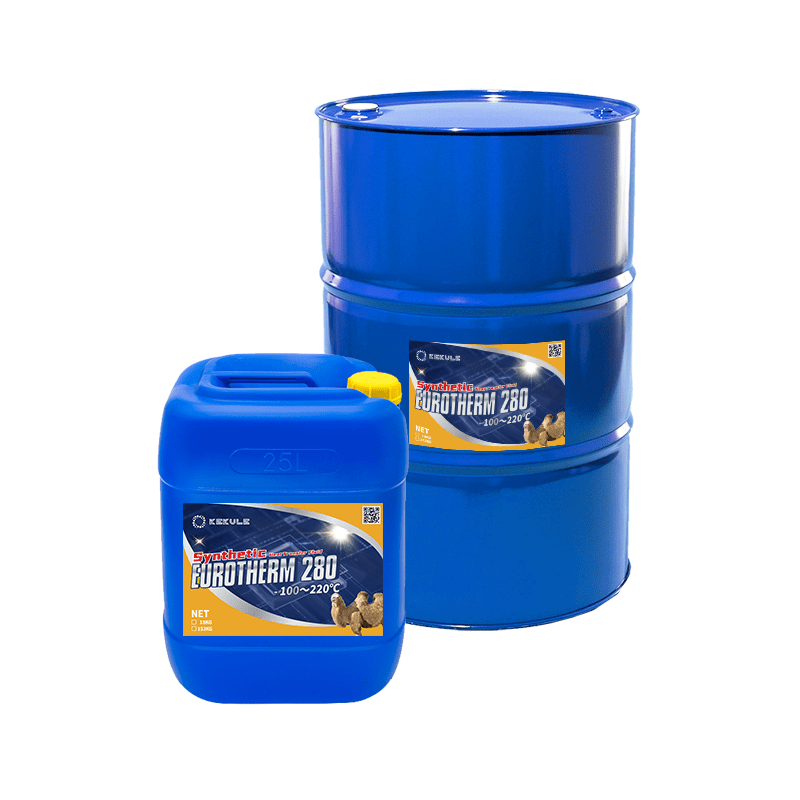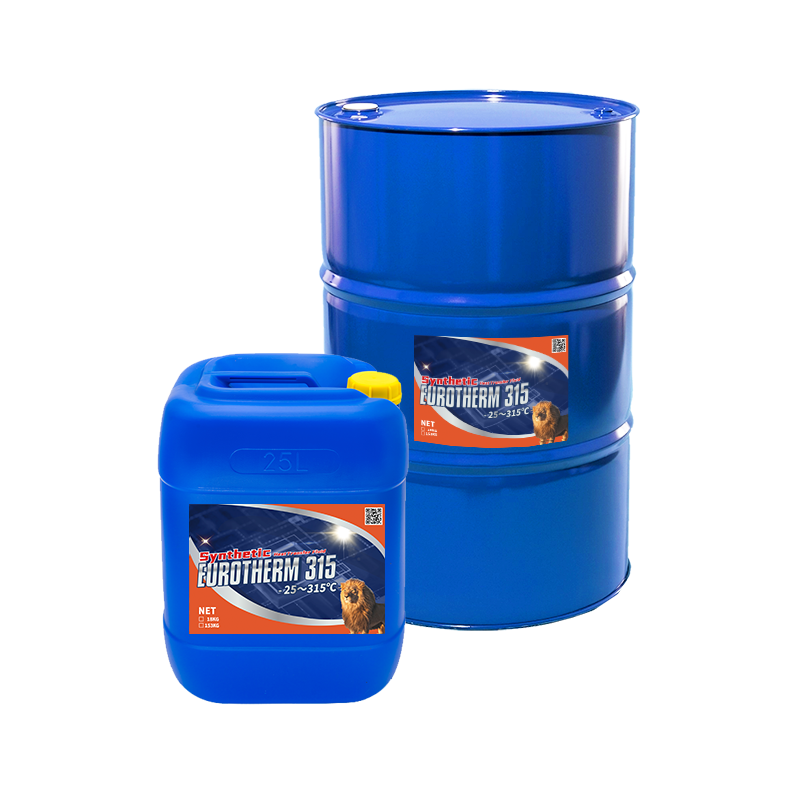Unknown Facts About Chemie
Table of Contents7 Simple Techniques For ChemieRumored Buzz on ChemieNot known Incorrect Statements About Chemie 10 Easy Facts About Chemie ExplainedSome Known Questions About Chemie.Getting My Chemie To Work
By Bojanna Shantheyanda, Sreya Dutta, Kevin Coscia and David SchiemerDynalene, Inc. Liquid air conditioning, which can be attained utilizing indirect or direct means, is used in electronic devices applications having thermal power densities that might go beyond risk-free dissipation through air cooling. Indirect liquid air conditioning is where warmth dissipating electronic elements are literally divided from the liquid coolant, whereas in case of straight air conditioning, the parts remain in direct contact with the coolant.In indirect cooling applications the electrical conductivity can be crucial if there are leakages and/or splilling of the fluids onto the electronic devices. In the indirect cooling applications where water based liquids with deterioration preventions are typically utilized, the electrical conductivity of the liquid coolant mainly depends upon the ion focus in the liquid stream.
The boost in the ion focus in a closed loop liquid stream may occur because of ion seeping from steels and nonmetal elements that the coolant liquid touches with. Throughout operation, the electrical conductivity of the fluid might boost to a degree which could be dangerous for the air conditioning system.
4 Easy Facts About Chemie Described
The samples were permitted to equilibrate at area temperature for two days prior to videotaping the initial electrical conductivity. In all tests reported in this study fluid electric conductivity was determined to a precision of 1% using an Oakton CON 510/CON 6 series meter which was adjusted before each dimension.
Chemie Things To Know Before You Buy
from the wall surface home heating coils to the facility of the heater. The PTFE example containers were placed in the heater when steady state temperatures were reached. The examination configuration was removed from the heater every 168 hours (7 days), cooled to area temperature level with the electrical conductivity of the fluid measured.
The electric conductivity of the fluid example was checked for a total of 5000 hours (208 days). Figure 2. Schematic of the indirect shut loop cooling experiment set up - silicone synthetic oil. Table 1. Components made use of in the indirect closed loophole cooling down experiment that touch with the liquid coolant. A schematic of the speculative arrangement is displayed in Figure 2.

What Does Chemie Do?
During operation the fluid tank temperature was kept at 34C. The modification in fluid electrical conductivity was monitored for 136 hours. The fluid from the system was gathered and kept. Shut loop test with ion exchange resin was lugged out with the exact same cleaning procedures used. The first electric conductivity of the 230ml UP-H2O in the system measured 1.84 S/cm.

0.1 g of Dowex resin was included in 100g of liquid samples that was taken in a separate container. The combination was stirred and check over here alter in the electric conductivity at area temperature level was measured every hour. The determined change in the electric conductivity of the UP-H2O and EG-LC examination fluids consisting of polymer or steel when involved for 5,000 hours at 80C is revealed Number 3.
Chemie Things To Know Before You Buy
Ion leaching experiment: Measured adjustment in electric conductivity of water and EG-LC coolants containing either polymer or metal examples when submersed for 5,000 hours at 80C. The results indicate that steels added less ions right into the fluids than plastics in both UP-H2O and EG-LC based coolants.
Liquids consisting of polypropylene and HDPE displayed the cheapest electrical conductivity adjustments. This can be because of the short, rigid, linear chains which are less most likely to add ions than longer branched chains with weaker intermolecular pressures. Silicone additionally carried out well in both test liquids, as polysiloxanes are generally chemically inert due to the high bond energy of the silicon-oxygen bond which would certainly protect against deterioration of the product into the liquid.
All about Chemie
It would be anticipated that PVC would create comparable results to those of PTFE and HDPE based on the comparable chemical structures of the materials, nonetheless there may be other pollutants existing in the PVC, such as plasticizers, that may influence the electrical conductivity of the fluid - inhibited antifreeze. Furthermore, chloride groups in PVC can additionally seep right into the examination fluid and can create a rise in electrical conductivity
Polyurethane entirely broke down right into the examination liquid by the end of 5000 hour examination. Prior to and after pictures of metal and polymer samples submersed for 5,000 hours at 80C in the ion seeping experiment.
Measured adjustment in the electrical conductivity of UP-H2O coolant as a function of time with and without resin cartridge in the closed indirect cooling loophole experiment. The measured modification in electric conductivity of the UP-H2O for 136 hours with and without ion exchange material in the loop is received Figure 5.
Comments on “Chemie - Questions”